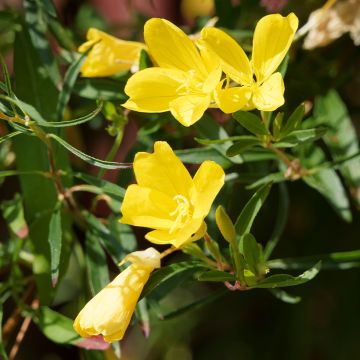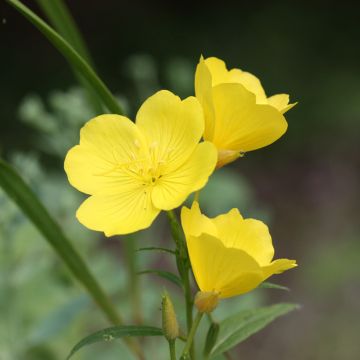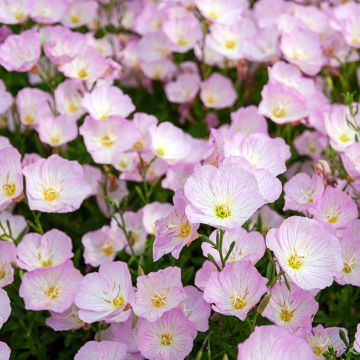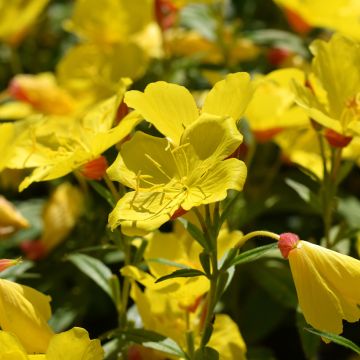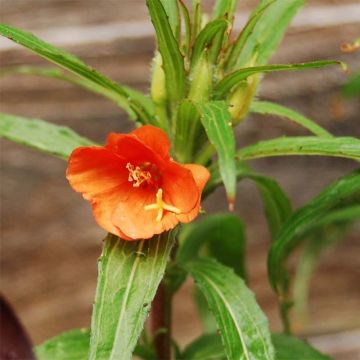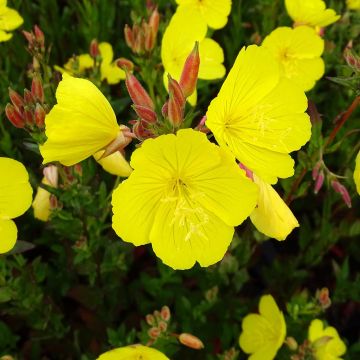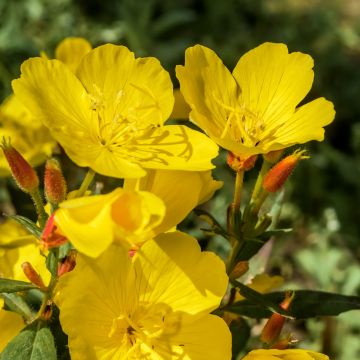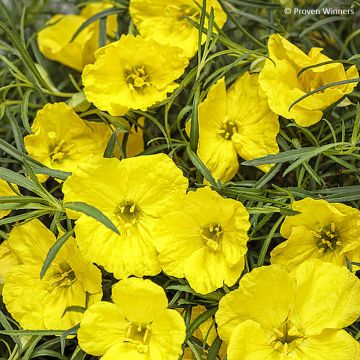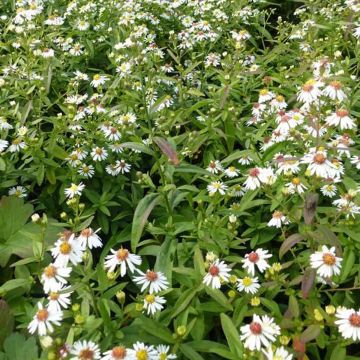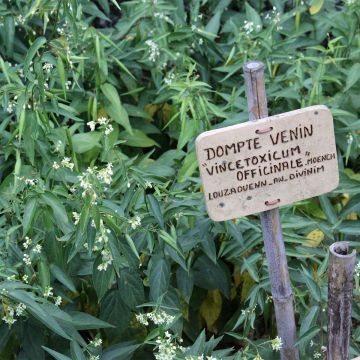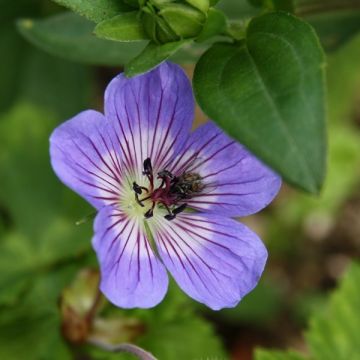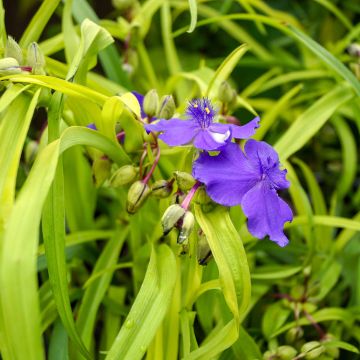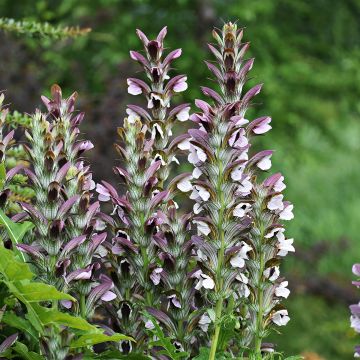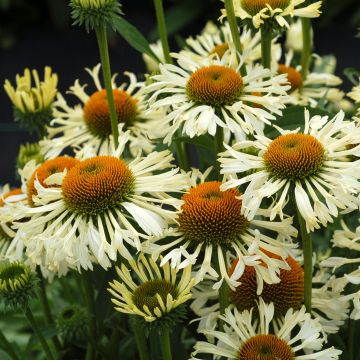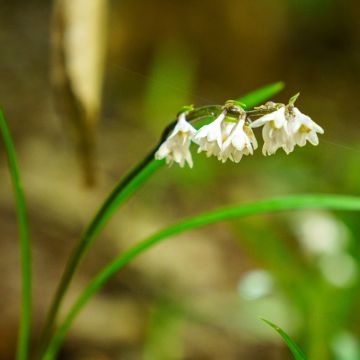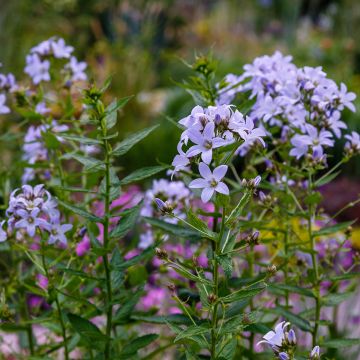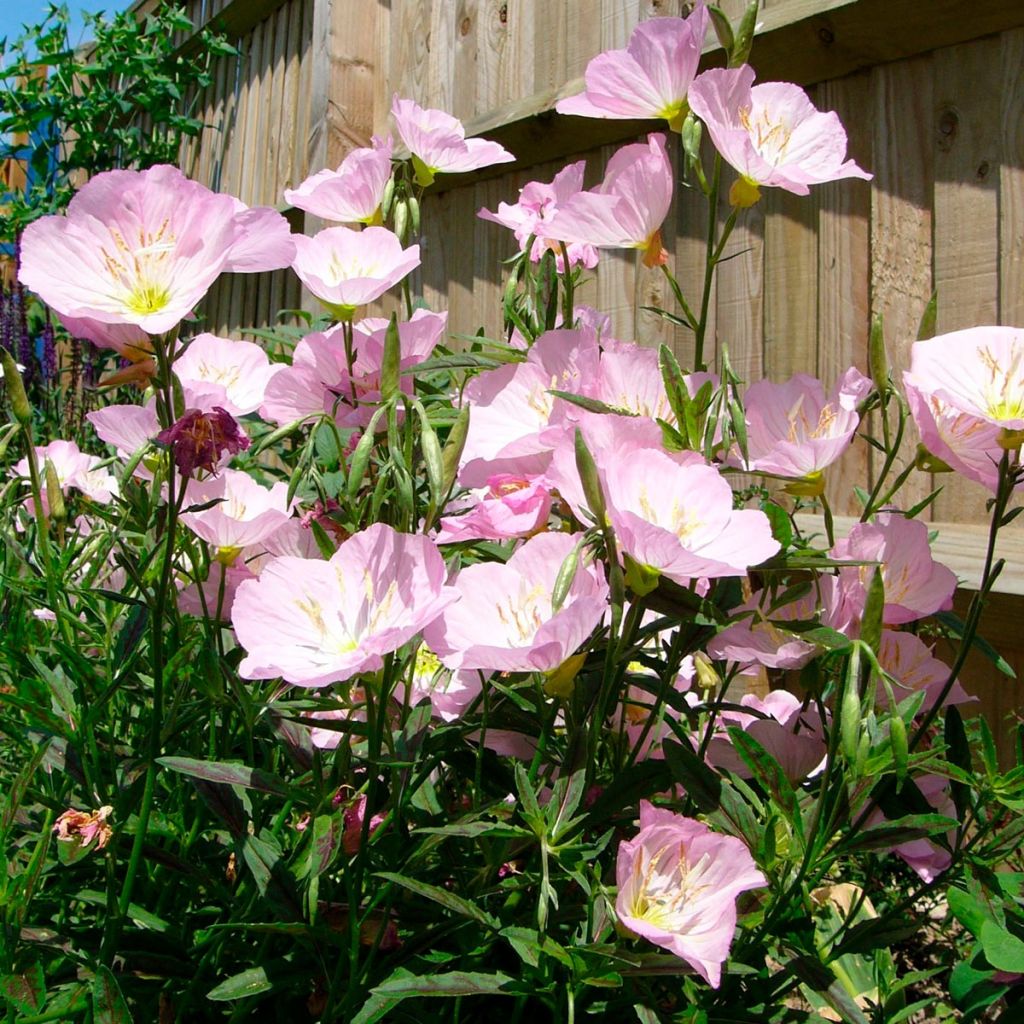

Oenothera Twilight - Onagre
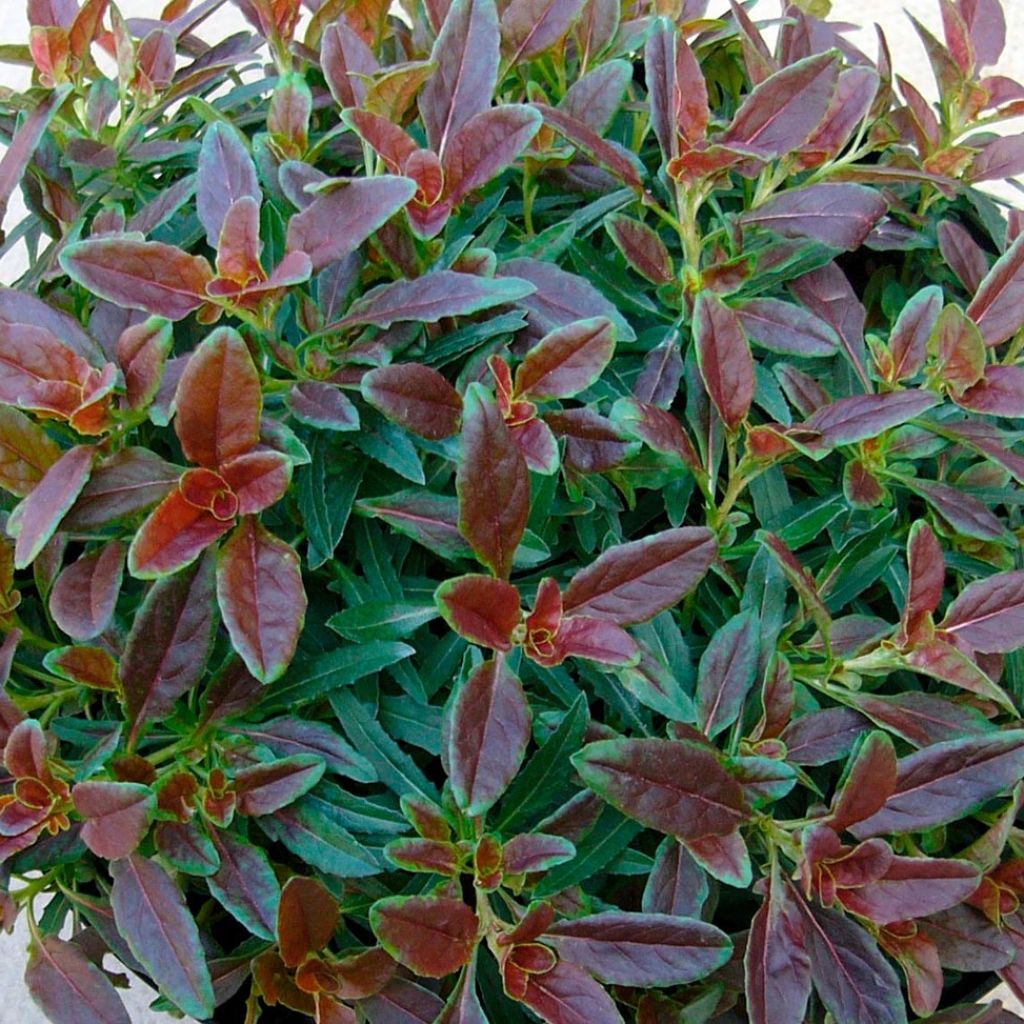

Oenothera Twilight - Onagre
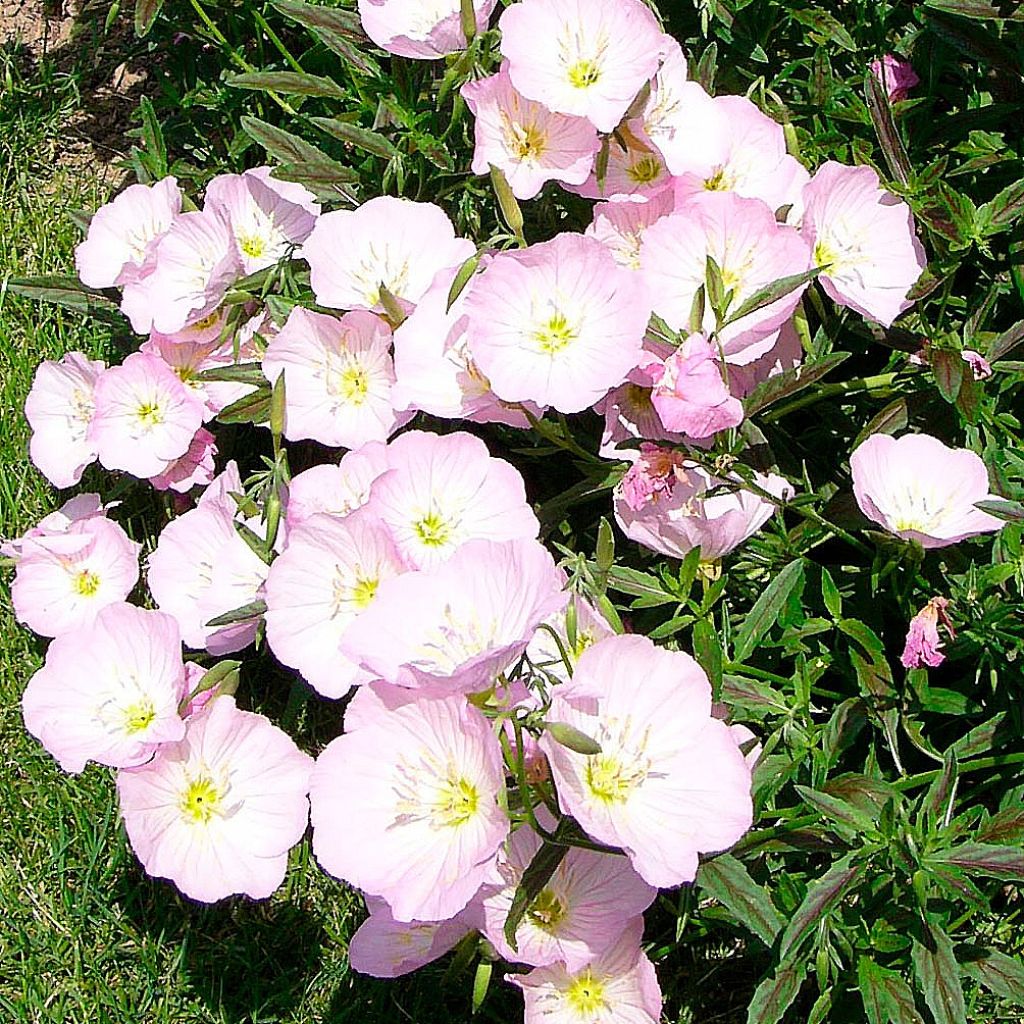

Oenothera Twilight - Onagre
Oenothera speciosa Twilight - Evening Primrose
Oenothera speciosa Twilight
Pink evening Primrose, Showy evening Primrose, Mexican Primrose
Received very weak, they haven't even come out of the ground or are dead.
Laurence , 12/05/2024
This item cannot be shipped to the selected country
Delivery charge from €5.90
More information
Schedule delivery date,
and select date in basket
This plant carries a 12 months recovery warranty
More information
We guarantee the quality of our plants for a full growing cycle, and will replace at our expense any plant that fails to recover under normal climatic and planting conditions.
From €5.90 for pickup delivery and €6.90 for home delivery
Express home delivery from €8.90.
Does this plant fit my garden?
Set up your Plantfit profile →
Description
Oenothera speciosa 'Twilight' is a superb semi-evergreen ground cover, with large pale pink flowers from May to September. Hardy, it appreciates poor, rocky, neutral to alkaline, well-drained soils in full sun.
This evening primrose, also known as pink evening primrose, belongs to the Onagraceae family, which also includes fuchsias. Native to the southwest United States and Mexico, these rhizomatous plants grow in dry, rocky areas. The 'Twilight' evening primrose is therefore an excellent ground cover in dry terrain, for example to fill a slope or other rather unproductive areas of the garden. Its only requirement is a sunny, neutral to alkaline soil, but above all, perfectly drained, as its rhizomes can rot in case of excessive humidity. Poor soils do not scare it, and even in these conditions it will delight you with its very long flowering period from June to September, with large pale pink ephemeral cups with darker veins, adorned with yellow stamens. In addition, the flowers are fragrant and attract pollinators. This variety forms a carpet about 30cm (12in) wide and extends at least 50cm (20in). In cold weather, the semi-evergreen foliage of 'Twilight' takes on beautiful purple hues.
In favourable conditions, give it room to grow as it can then become very vigorous. It can also occasionally self-seed, but the young plants obtained may not necessarily have the characteristics of the parent plant. It can be grown in a pot, but it will probably require some watering during the hottest weeks.
Undemanding, the 'Twilight' evening primrose can be associated with plants that have similar characteristics, such as red Valerian (Centranthus ruber), Perovskia, Agastaches, or even rosemary (Rosmarinus officinalis) and its varieties. It will form a beautiful colourful carpet with all these neighbours, which are also floriferous and adapted to dry and hot soils.
Report an error about the product description
Flowering
Foliage
Plant habit
Botanical data
Oenothera
speciosa
Twilight
Onagraceae
Pink evening Primrose, Showy evening Primrose, Mexican Primrose
Cultivar or hybrid
Other Oenothera - Evening Primrose
Planting and care
Take care, when planting, not to bend the taproot of Oenothera speciosa at the bottom of the planting hole. A very hardy plant that is easy to grow in the sun in any poor, sandy or stony, limestone soil, but difficult in heavy, rich soil or a wet region in winter. It dreads soils that retain moisture in winter, which causes root rot. If you take the care to cut the stems after flowering, the plant produces new rosette foliage at ground level, covering the soil well, until the frosts.
Planting period
Intended location
Care
-
, onOrder confirmed
Reply from on Promesse de fleurs
Summer flowering perennials
Haven't found what you were looking for?
Hardiness is the lowest winter temperature a plant can endure without suffering serious damage or even dying. However, hardiness is affected by location (a sheltered area, such as a patio), protection (winter cover) and soil type (hardiness is improved by well-drained soil).

Photo Sharing Terms & Conditions
In order to encourage gardeners to interact and share their experiences, Promesse de fleurs offers various media enabling content to be uploaded onto its Site - in particular via the ‘Photo sharing’ module.
The User agrees to refrain from:
- Posting any content that is illegal, prejudicial, insulting, racist, inciteful to hatred, revisionist, contrary to public decency, that infringes on privacy or on the privacy rights of third parties, in particular the publicity rights of persons and goods, intellectual property rights, or the right to privacy.
- Submitting content on behalf of a third party;
- Impersonate the identity of a third party and/or publish any personal information about a third party;
In general, the User undertakes to refrain from any unethical behaviour.
All Content (in particular text, comments, files, images, photos, videos, creative works, etc.), which may be subject to property or intellectual property rights, image or other private rights, shall remain the property of the User, subject to the limited rights granted by the terms of the licence granted by Promesse de fleurs as stated below. Users are at liberty to publish or not to publish such Content on the Site, notably via the ‘Photo Sharing’ facility, and accept that this Content shall be made public and freely accessible, notably on the Internet.
Users further acknowledge, undertake to have ,and guarantee that they hold all necessary rights and permissions to publish such material on the Site, in particular with regard to the legislation in force pertaining to any privacy, property, intellectual property, image, or contractual rights, or rights of any other nature. By publishing such Content on the Site, Users acknowledge accepting full liability as publishers of the Content within the meaning of the law, and grant Promesse de fleurs, free of charge, an inclusive, worldwide licence for the said Content for the entire duration of its publication, including all reproduction, representation, up/downloading, displaying, performing, transmission, and storage rights.
Users also grant permission for their name to be linked to the Content and accept that this link may not always be made available.
By engaging in posting material, Users consent to their Content becoming automatically accessible on the Internet, in particular on other sites and/or blogs and/or web pages of the Promesse de fleurs site, including in particular social pages and the Promesse de fleurs catalogue.
Users may secure the removal of entrusted content free of charge by issuing a simple request via our contact form.
The flowering period indicated on our website applies to countries and regions located in USDA zone 8 (France, the United Kingdom, Ireland, the Netherlands, etc.)
It will vary according to where you live:
- In zones 9 to 10 (Italy, Spain, Greece, etc.), flowering will occur about 2 to 4 weeks earlier.
- In zones 6 to 7 (Germany, Poland, Slovenia, and lower mountainous regions), flowering will be delayed by 2 to 3 weeks.
- In zone 5 (Central Europe, Scandinavia), blooming will be delayed by 3 to 5 weeks.
In temperate climates, pruning of spring-flowering shrubs (forsythia, spireas, etc.) should be done just after flowering.
Pruning of summer-flowering shrubs (Indian Lilac, Perovskia, etc.) can be done in winter or spring.
In cold regions as well as with frost-sensitive plants, avoid pruning too early when severe frosts may still occur.
The planting period indicated on our website applies to countries and regions located in USDA zone 8 (France, United Kingdom, Ireland, Netherlands).
It will vary according to where you live:
- In Mediterranean zones (Marseille, Madrid, Milan, etc.), autumn and winter are the best planting periods.
- In continental zones (Strasbourg, Munich, Vienna, etc.), delay planting by 2 to 3 weeks in spring and bring it forward by 2 to 4 weeks in autumn.
- In mountainous regions (the Alps, Pyrenees, Carpathians, etc.), it is best to plant in late spring (May-June) or late summer (August-September).
The harvesting period indicated on our website applies to countries and regions in USDA zone 8 (France, England, Ireland, the Netherlands).
In colder areas (Scandinavia, Poland, Austria...) fruit and vegetable harvests are likely to be delayed by 3-4 weeks.
In warmer areas (Italy, Spain, Greece, etc.), harvesting will probably take place earlier, depending on weather conditions.
The sowing periods indicated on our website apply to countries and regions within USDA Zone 8 (France, UK, Ireland, Netherlands).
In colder areas (Scandinavia, Poland, Austria...), delay any outdoor sowing by 3-4 weeks, or sow under glass.
In warmer climes (Italy, Spain, Greece, etc.), bring outdoor sowing forward by a few weeks.


































